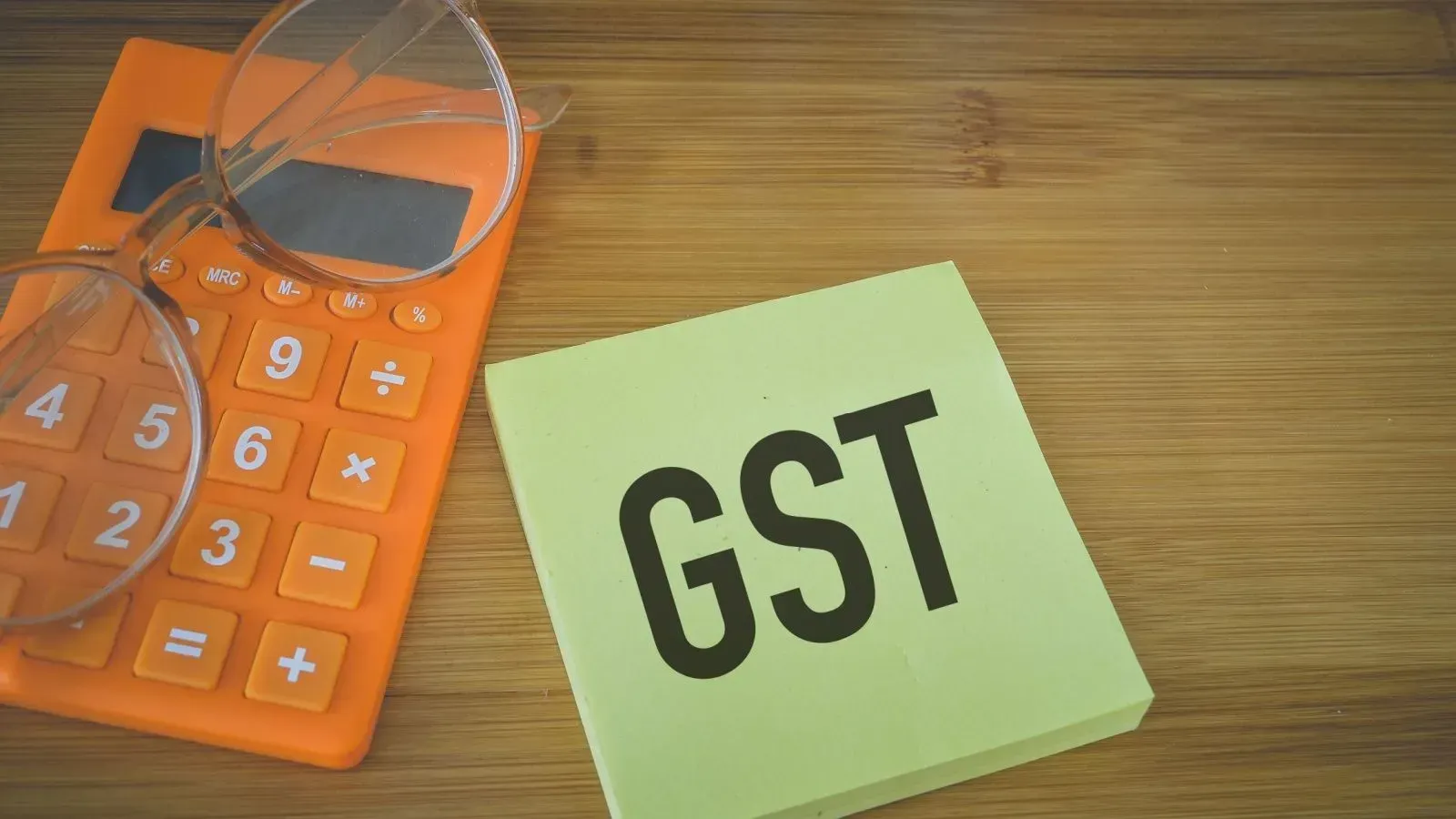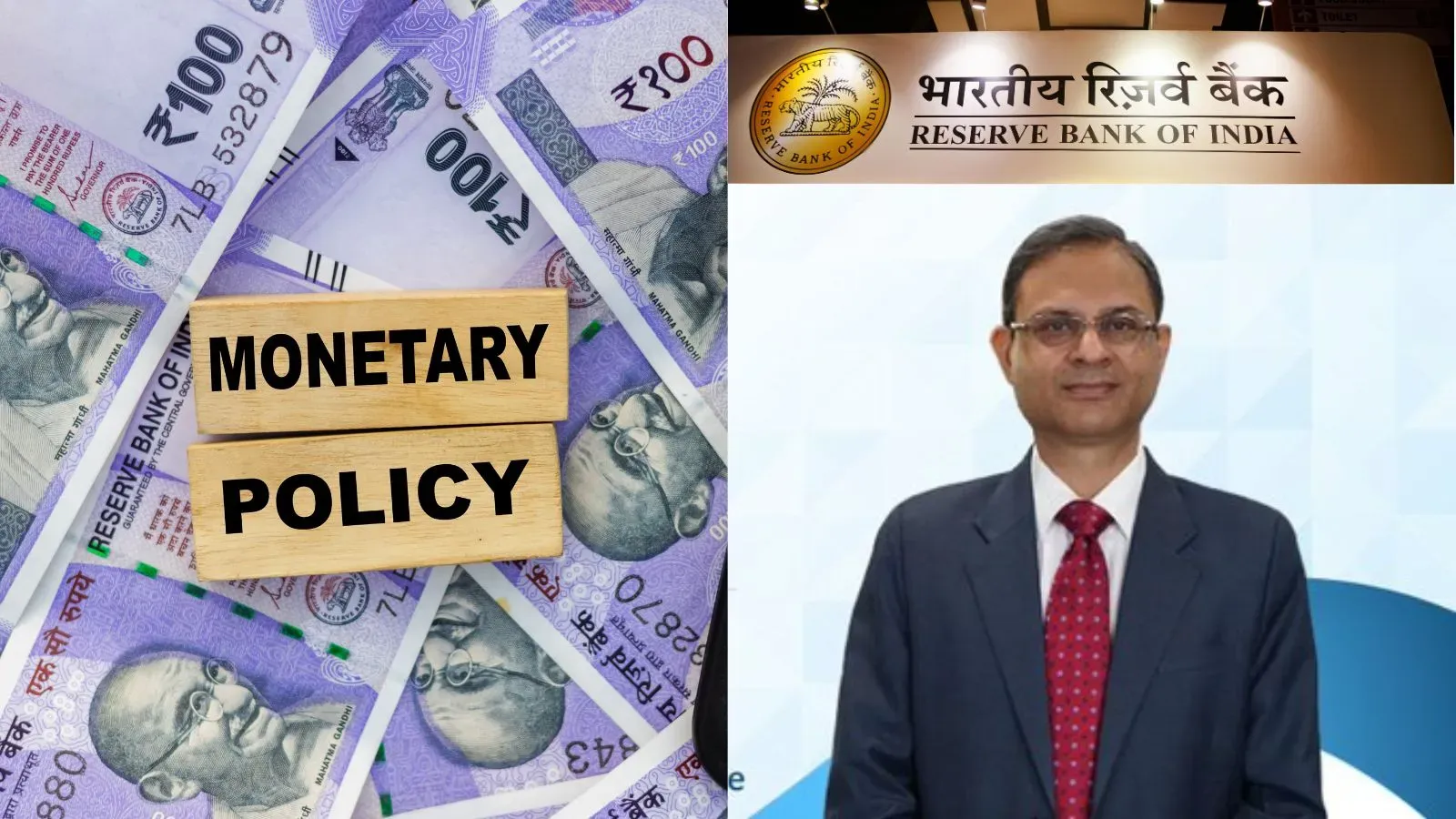Business News
GST 2.0 may boost consumption by ₹2 lakh crore, to offset ₹85,000 crore revenue loss: SBI Research
.png)
3 min read | Updated on August 20, 2025, 11:52 IST
SUMMARY
SBI Research projects that GST 2.0 reforms, despite an estimated annual revenue loss of around ₹85,000 crore, could unleash a consumption boost of nearly ₹1.98 lakh crore.

The rationalisation of GST rates is expected to lower inflation, spur household spending, and keep the fiscal deficit risk minimal.
The proposed GST 2.0 reforms through rationalisation of tax rates are expected to unleash a major consumption boost, augment revenues and ease inflationary pressures, while having a minimal impact on the fiscal deficit, according to a report by SBI Research.
The report said the average annual revenue loss on account of GST rationalisation could be around ₹85,000 crore, but this will likely be offset by higher consumption and cess adjustments.
“The revenue loss through GST rate adjustment could be more than offset by increased consumption and cess adjustments. Debt market fears thus appear somewhat myopically overblown,” it noted.
The rationalisation, teased by Prime Minister Narendra Modi in his Independence Day address, is likely to bring down the effective weighted average GST rate from 11.6% to 9.5%.
Under two scenarios studied by SBI Research, revenue losses could range from ₹60,000 crore to ₹1.1 lakh crore annually.
For FY26, however, the headline revenue loss is expected to be contained at around ₹45,000 crore, aided by higher cess on sin goods, which could rise from 28% to 40%.
At the same time, the rationalisation is expected to boost household consumption significantly.
“The GST 2.0 regime, while involving an average revenue loss of ₹85,000 crore, is estimated to have boosted consumption by ₹1.98 lakh crore. When taken together with the recent income tax cuts, the combined impact of both measures amounts to an additional ₹5.31 lakh crore of consumption expenditure in the economy,” the report said. “This translates into approximately 1.6% of GDP.”
The additional spending is expected to generate fresh GST revenues of about ₹52,000 crore, to be shared equally between the Centre and states.
The report projected a moderation in CPI by 20–25 basis points, led by lower GST rates on essentials such as food and clothing, as well as services.
“Since the GST rate of essential items is expected to decline from 12% to 5%, CPI inflation in this category may also come down by 10–15 bps,” it said.
SBI Research also said the risk to the fiscal deficit remains contained. The balance in the compensation cess fund, around ₹45,000 crore, could partly cover revenue shortfalls.
Even in a no-adjustment scenario, higher consumption and tax buoyancy could offset the losses.
“The net impact on fiscal deficit could be non-existent or minimal,” it added.
The GST Council, scheduled to meet in September, is expected to deliberate on rationalisation of tax rates, restructuring of cess and ease of compliance measures.
Introduced in July 2017, the Goods and Services Tax (GST) replaced a complex web of central and state levies with a unified system. The upcoming reforms, termed GST 2.0, aim to further simplify the rate structure and enhance efficiency in the indirect tax regime.
By signing up you agree to Upstox’s Terms & Conditions
About The Author
Next Story

